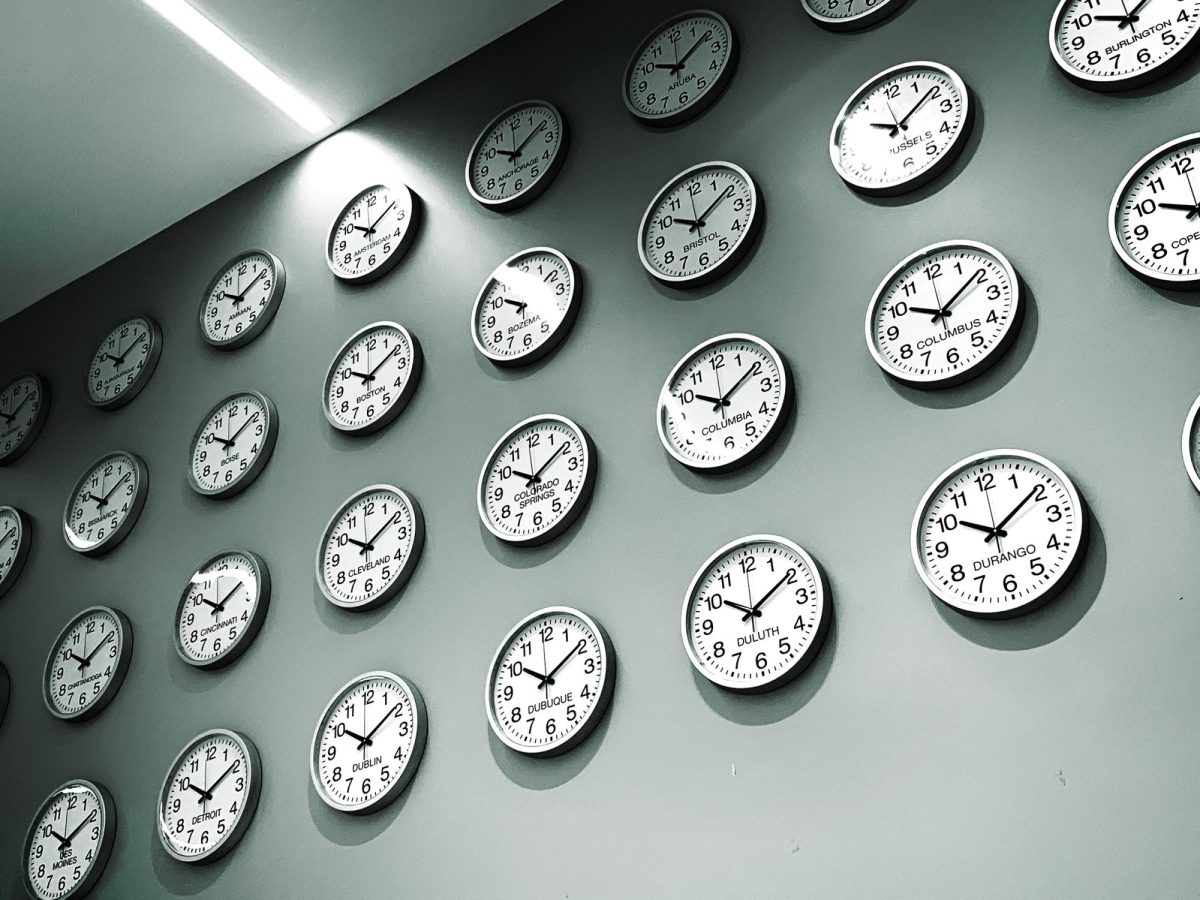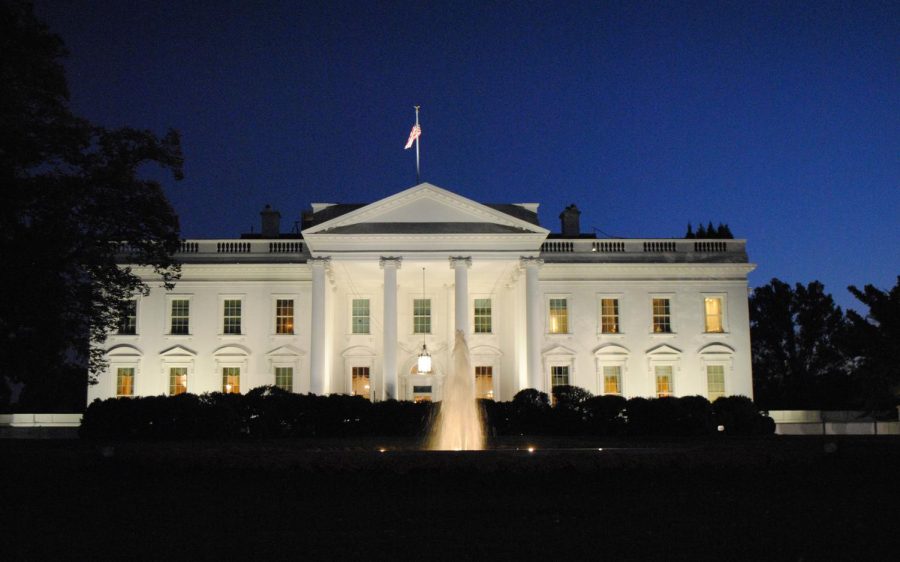About the only occasion most of us take notice of “time” is when we have to keep an appointment, find out when our favorite TV program is aired, or cuss out the confounding “daylight saving” time, which just changed again.
The definition of a time zone is a longitudinal (up and down) geographic location that observes a uniform area for legal, commercial and social purposes. There are 24 time zones circling the globe. Time zones are 15 degrees (60 miles equal one degree) apart longitudinally and often follow the boundaries between states and countries and their subdivisions instead of strictly following longitude degrees, because it is convenient for areas in frequent communication to keep the same time … such as railroads, airlines, and communications networks.
Trying not to get too technical, the position of the Sun, known as solar time, varies by location due to the spherical shape of the Earth. This variation corresponds to four minutes of time for every degree of longitude. For example, when it is solar noon in London, it is about 10 minutes before solar noon in Bristol, England some 2.5 degrees (90 miles) to the west of London.
 The British Royal Observatory in Greenwich was founded in 1675, establishing Greenwich Mean Time (GMT), which is the solar time at that geographic location. Astronomers of that era developed GMT as an aid to mariners to determine longitude at sea. Today, U.S. military units refer to GMT as Zulu Time. So, no matter the location on the globe, there always is a time constant for everyone on Earth.
The British Royal Observatory in Greenwich was founded in 1675, establishing Greenwich Mean Time (GMT), which is the solar time at that geographic location. Astronomers of that era developed GMT as an aid to mariners to determine longitude at sea. Today, U.S. military units refer to GMT as Zulu Time. So, no matter the location on the globe, there always is a time constant for everyone on Earth.
In the 19th century, as transportation and telecommunications improved, it became increasingly inconvenient for each location to observe its own solar time. In November 1840, the Great Western Railway started using GMT kept by portable chronometers. This practice was soon followed by other railway companies in Great Britain and became known as Railway Time.
Around August 1852, time signals were first transmitted by telegraph from the Royal Observatory. By 1855, Great Britain’s public clocks were using GMT, but that didn’t become England’s legal time until 1880.
Timekeeping on North American railroads in the 19th century was complex. Each railroad used its own standard of time, usually based on the local time of its headquarters or, more importantly, its terminus. The railroad’s train schedules were published using its own time. Some junctions served by several railroads had a clock for each railroad, each of which showed a different time.
In 1863, Charles F. Dowd proposed a system of hourly standard time zones for North American railroads. He took this action without consulting the railroads. Rail officials weren’t consulted on the matter until 1869.
In 1870, Dowd proposed four ideal time zones for the United States having north-south borders with the first centered on Washington, D.C. But by 1872, the first time zone was centered on meridian 75 degrees west of Greenwich. Dowd’s system was never accepted by North American railroads. Instead, U.S. and Canadian railroads implemented a version proposed by the Traveler’s Official Railway Guide. The borders of its time zones ran through major cities’ railroad stations.
Canadian-born Sanford Fleming proposed a worldwide system of time zones. His proposal divided the world into 24 time zones. All clocks within each zone would be set to the same time as the others but differing by one hour from those in the neighboring zones. He advocated his system at several international conferences, including the International Meridian Conference, where it received some consideration.
Today, Fleming’s system has not been directly adopted, but some maps divide the world into 24 time zones.
By 1900, almost all inhabited places on Earth had adopted a standard time zone, but only some of them used an hourly offset from GMT. Many applied the time at a local astronomical observatory to an entire country, without any reference to GMT. It took many decades before all time zones were based on some standard offset from GMT, also known as Coordinated Universal Time. (UTC). By 1929, the majority of countries had adopted hourly time zones, except Iran, India and parts of Australia, which have time zones with a 30-minute offset to UTC.
Today, all nations currently use the UTC time zone system, but not all of them apply the concept as originally conceived. Several countries and subdivisions use half-hour or quarter-hour deviations from standard time.
China and India use a single time zone even though the extent of their territory far exceeds the ideal 15 degrees of longitude for one hour. Others such as Spain and Argentina use standard hour-based offsets, but not necessarily those that would be determined by their geographical location. The consequences, in some areas, can affect the lives of local residents, and in extreme cases contribute to larger political issues, such as in the western reaches of China. In Russia, which has 11 time zones, two zones were removed in 2010, but were reinstated in 2014.
When I was a boy, my grandfather could look up at the sun and tell within 30 minutes what time it was. He’d check himself by looking at his pocket watch as the trains came through town. In those days, the weather and time were the main topics of conversation on a day-by-day basis. Those two subjects continue to dominate our lives.
Tom Morrow is a longtime Oceanside-based journalist and author.
Columns represent the views of the individual writer and do not necessarily reflect those of the North Coast Current’s ownership or management.







